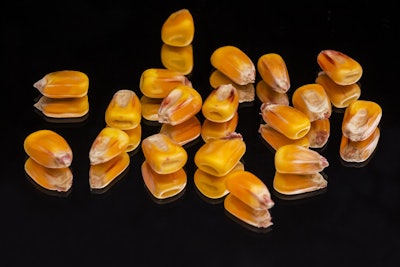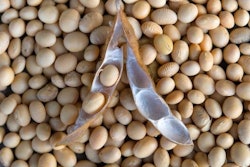
Researchers at a top Mexican agricultural university last week showed the progress they had made in producing more non-genetically modified (GM) yellow corn seeds to help replace imported grain from the U.S. that is at the center of amajor trade dispute.
The operational manager of theAutonomous University of Chapingo's corn seed production project, Claudio Carballo, said they are going to make "available to the producer the seed that they need and the technological package to achieve the desired yields,"Reutersreported.
The hybrid seed varieties have been growing since May with testing in 2024 and a release for planting in 2025.
The project aims in two years to develop enough non-GM seed varieties cultivable in Mexico to replace about 6 million of the 18 million metric tons (MT) of corn that the country imports from the U.S. annually, most of which is GM yellow corn.
Mexico’s government wants to ban GM corn for human consumption. It still permits GM corn for livestock feed and some industrial uses, such as processed food and cosmetics.
Mexican officials said theU.S. has been unwilling to collaborateon new scientific research to study the health impact of GM corn.
Trade tension with U.S., Canada
In August, the U.S. initiated a dispute settlement panel under the United States-Mexico-Canada Agreement (USMCA) in response to certain Mexican measures pertaining to biotech corn. Canada has alsodeclaredit would participateas a third party in the dispute settlement proceedings.
Mexico's President Andres Manuel Lopez Obrador has stated the country needs to reduce its dependence on U.S. corn imports, The country's ag minister would like to replace 10% to 15% of its corn imports with domestic product.
In a recentreport,National Corn Growers Association(NCGA) noted Mexico is an important trade partner and leading export destination for U.S. corn.
Mexico receives anywhere from 21% to 32% of U.S. corn exported annually in recent years and remains the top destination for U.S. corn.
报告指出,2022年,墨西哥的97%of its corn imports from the U.S., and in the five years prior 95% per year on average.






















